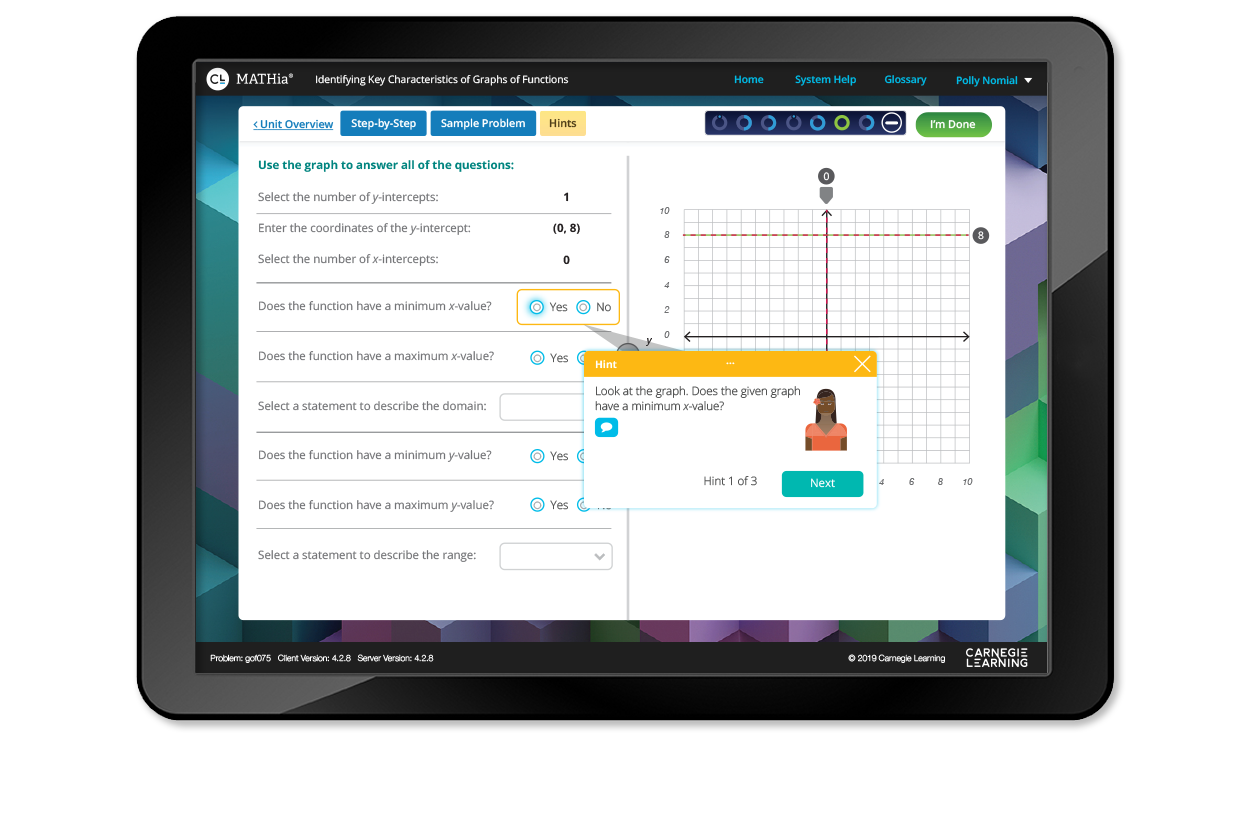Keep these e-learning trends in mind while choosing virtual classroom software.

For some of us, it’s hard to imagine a classroom without a chalkboard, noisy pencil sharpener, and set of heavy textbooks. But students today may never experience those things.
Learning looks different in 2020, and while this is partially due to the COVID-19 pandemic, online learning and the virtual classroom have been waiting in the wings for their moment for quite some time.
3 e-learning trends to take advantage of with virtual classroom software
Whether you’re an education chief information officer (CIO), a teacher, or lifelong learner looking for inspiration, read on to understand how these three e-learning trends are shaping the future of the classroom.
Trend #1: Skills-based curriculum
Curriculum subject matter, especially at the K-12 levels, has traditionally been dictated by state school boards. Because of that, what’s taught in classrooms around the U.S. varies greatly from location to location. Generally, though, you can expect the curriculum to be a foundation of science, math, language arts, and history.
Today, more and more organizations are partnering with school districts to create specialized programs that go beyond a traditional curriculum. The reason for this is simple: jobs are changing. In “Top 5 Trends Impacting K-12 Education in 2020” (full content available to Gartner clients), Vice President Analyst Kelly Calhoun Williams says it best:
Rapid changes occurring in the world of work are driving a shift in focus of the traditional curricular design in K-12. Skills-based learning, and the skills-based curriculum that drives it, focus on increasing employability through the development of specific skill sets.
One example of skills-based learning at work is Microsoft’s Technology Education and Literacy in School (TEALS) Program, which partners high school students with tech industry volunteers willing to train students in computer science skills. TEALS even works with schools in rural areas that have few software engineers by connecting volunteers and students remotely with the help of web conferencing and virtual classroom software.
Microsoft isn't the only corporation that offers a program like this; Oracle and IBM have invested in similar programs, as well as universities around the world. Education CIOs looking to support skills-based curriculum programs should work with their curriculum team to identify opportunities to partner with programs like these that offer training in skills relevant to today’s jobs.
Related reading:
The Comprehensive Guide to Acquiring Education Technology Grants
Trend #2: AI is all around us
Artificial intelligence (AI) uses advanced analysis and logic-based techniques (such as machine learning) to interpret events and automate decisions and actions.
AI is already at work all around us. In fact, there’s a good chance you interact with some form of AI everyday. From Siri and Alexa to the “recommendations for you” on your Netflix account, there are examples of machine thinking in technology everywhere we look.
AI is going to keep growing in popularity and reach, including in the classroom. One of AI’s strengths is working through large amounts of unstructured data and providing recommendations for subsequent actions based on that analysis. This makes AI perfect for the role of creating personalized learning plans or acting as a virtual tutor for students.
Some software vendors have already figured out how to use artificial intelligence in a virtual classroom setting. Cognii has a virtual learning assistant that scores and offers feedback on written answers to open-ended questions, and Carnegie Learning’s MATHia hosts a live facilitation tool that provides educators with in-the-moment, actionable data (such as when a student may need assistance with a specific test question).

Hints based on student activity in MATHia (Source)
Educators interested in adopting virtual classroom software with AI capabilities should start by identifying repetitive and repeatable processes or tasks within their organization that can be streamlined.
Trend #3: Collaborative learning
Simply put, collaborative learning is based on the idea that students learn best when they’re working with others. Collaborative learning isn't exactly a new concept (group projects, anyone?), but the way it’s unfolding in classrooms and online learning is changing.
Today, collaboration between students often takes place outside of a traditional classroom with the help of digital tools. College and K-12 students are already accustomed to communicating via text and email, but now they’re connecting through video conferencing and collaboration software as well.
Virtual classroom software has also adapted to include features that encourage collaboration. For example, TopHat allows students to communicate with each other through live chat or discussion boards, and Tovuti offers the ability for learners to join communities or groups on the platform. Edsby’s group collaboration functionality even supports student-led learning and gives school clubs and teams a place to coordinate online.

Live chat during a lesson in GoBrunch (Source)
One fascinating new way that students are learning to work together is through esports. Esports can be loosely defined as playing video games against others, often in organized competition, either in person or online.
Esports is wildly popular in higher education, and it’s gaining traction at the K-12 level, too. In fact, the number of schools in the U.S. represented in the High School Esports League (HSEL) has grown from around 200 to more than 1,200 in the last year alone.
According to Gartner, schools that have established esports clubs have observed many benefits (full content available to Gartner clients):
Students that are game enthusiasts, who are usually notoriously isolated, are brought together, motivated by the competition to collaborate and cooperate with new friends. Effective communication, strategy development and teamwork are all required to be successful in these leagues.
Collaboration is an important skill to cultivate in students, especially at the K-12 level. Educators should not only look for opportunities to innovate in the ways they encourage students to work together, but also create inclusive environments for students to explore their interests together.
Engage your students with technology
Advances in technology are changing the way of the world, so it makes sense that this influence is reaching the education system as well. Even organizations that don’t offer online courses can supplement what’s taught in an in-person class and add value to the learning experience with digital tools such as learning management systems (LMS), mobile learning software, and learning experience platform software.
Ready to start the search for the perfect virtual classroom solution?
Check out Capterra's list of virtual classroom software solutions.
